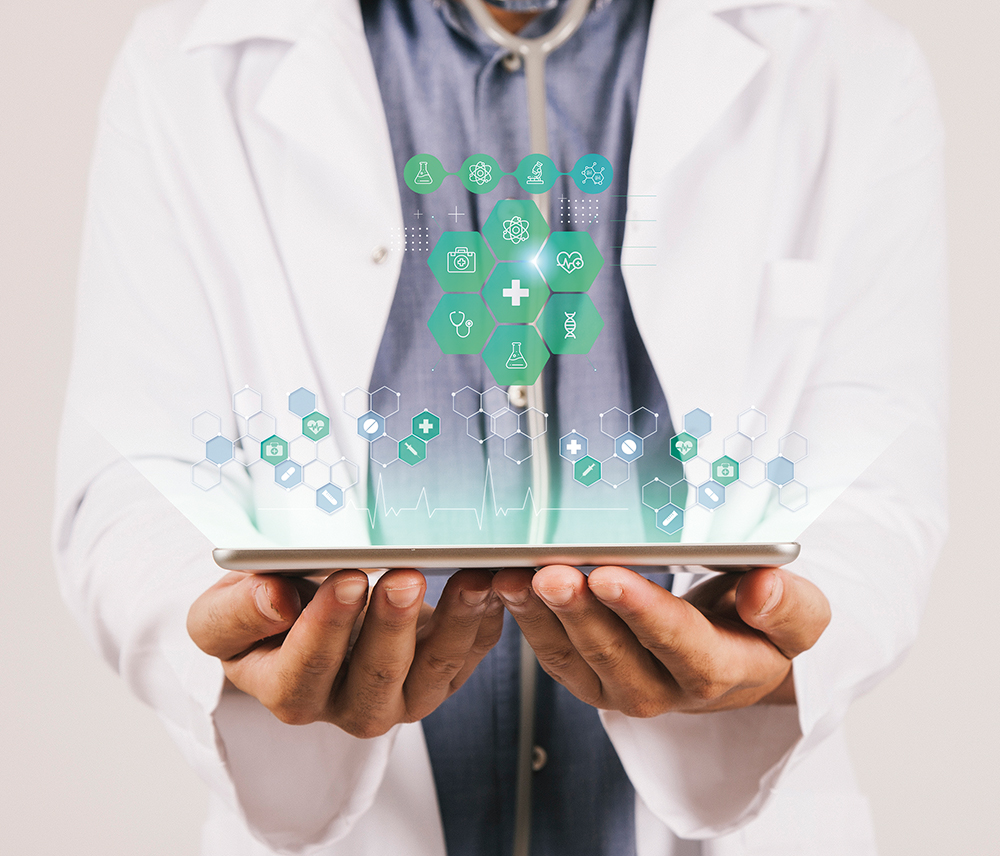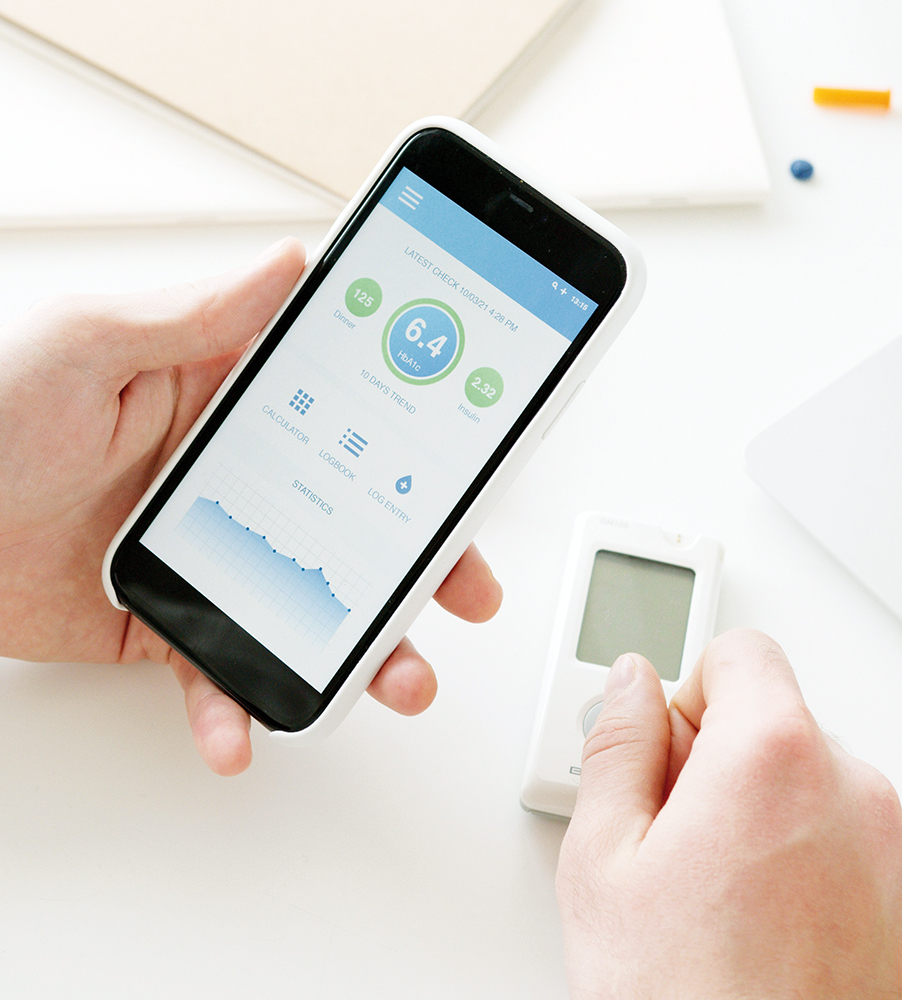To Issue 155
Citation: Earl M, “Conquering the Challenges of Connected Drug Delivery Device Development”. ONdrugDelivery, Issue 155 (Dec 2023), pp 28–30.
Michael Earl discusses the factors that need to be taken into account for successful connected drug delivery device development.
The connected devices trend shows no signs of stopping, with the market for connected drug delivery devices expected to grow from US$0.87 billion (£0.69 billion) this year to $3.92 billion by 2028 – a compound annual growth rate of 35.13% over the five-year forecast period.1 The increasing prevalence of chronic diseases, such as asthma, chronic obstructive pulmonary disease and diabetes, is one of the major factors driving the growth of the market, along with the ageing population. Increased patient connectivity and engagement is also a significant factor.
VALUE PROPOSITION
In this growing market, it is tempting to think that the more connectivity is included in new drug delivery devices, the better. But, without a clear value proposition at the start of the design and development process, the result could be a variety of new features offering little real benefit to patients or healthcare professionals (Figure 1).

Figure 1: Without a clear value proposition at the start of the design and development process, new features could offer little real benefit to patients or healthcare professionals.
“There is no point in collecting data just for the sake of it – the data
have to be relevant, useful and accessible to everyone who needs it.”
For consumer products, trial and error can often be used to fine-tune device development – with amendments to the design over time once a clear picture emerges of which features consumers are keen to adopt. But this kind of “fail fast” approach is not available in the highly regulated world of drug delivery device development, where new products need to be demonstrably safe and effective from the word go. Add in fears around data security and privacy – and the rapid evolution of connectivity technologies – and it is clear that the pressure is on to get things right first time.
So, a good place to start is consideration of why the drug delivery device needs to be connected. There is no point in collecting data just for the sake of it – the data have to be relevant, useful and accessible to everyone who needs it, otherwise it is not going to add value to a device. If there is a legacy non-connected version of the device, for example, analysing how patients use it can give valuable insights into how a certain new feature or information could help with a particular task.
DEVICE CONCEPT
Device manufacturers have a useful role to play when it comes to translating user research into a successful design concept. They can help match the appropriate technology and functionality with patients’ needs and requirements. For example, they can demonstrate the full range of indicators and sensors that can be incorporated into a device – and highlight the different options and combinations that are available to suit the specific drug and therapy area.
It is also crucial not to lose sight of the fact that a connected drug delivery device will only be as good as a patient’s experience of interacting with it (Figure 2). A seamless user experience is vital to avoid widening the gap between human and machine. Understanding how a patient or carer currently manages a particular disease will yield valuable information to help break down any barriers that could interfere with how a new connected device is used in real life – rather than in a computer simulation.

Figure 2: It is crucial not to lose sight of the fact that a connected drug delivery device will only be as good as a patient’s experience of interacting with it.
“Selecting a sustainable design is more important than ever in the development of a new connected device.”
TESTING TIME
Once relevant and valuable new features have been identified and incorporated into the device concept, it is time to put them to the test. The addition of connectivity increases complexity and the number of components in a device, and they all need to be tested, validated and verified – so this has to be factored into the development process. Additional testing is also required for batteries and other electronic components – with consideration given to the different environmental conditions that the device will be exposed to during its lifetime and the potential impact on the shelf life of the batteries. Biologics, for example, will use cold-chain distribution, which could affect device components and electronics.
There also needs to be stringent quality control during manufacturing, transportation and storage to ensure that the device is reliable throughout its lifetime. Battery life is becoming increasingly important, so the algorithms that determine and optimise sensors, indicators and battery use need to be a particular focus.
REGULATORY PATHWAY
As with any medical product, connected drug delivery devices face stringent regulatory hurdles along the road to commercialisation. It is critical to understand all the regulatory requirements thoroughly right from the start of product development so that the process can be de-risked through well designed and meticulous steps to avoid problems further down the line during regulatory submissions. From mechanical, hardware and software requirements through human factors considerations and ultimately to cybersecurity factors, the regulatory pathway has to be clear.
Developing a connected add-on to an existing device can be an easier regulatory option. The drug-device combination product will have already been validated and approved, so a regulatory filing can be submitted solely for the accessory – which may not be defined as a medical device. But fully integrated connectivity requires specific additional human factors testing and user studies to evaluate the connectivity and functionality – and its impact on the performance of the combination product.
“Environmental considerations must be balanced with the many other requirements for safety-critical products, such as connected drug delivery devices.”
ENVIRONMENTAL CONSIDERATIONS
The increasing pressure on drug delivery device designers to create environmentally friendly products means selecting a sustainable design is more important than ever in the development of a new connected device. Integrating electronics into single use devices to enable connectivity generates electronic waste, for example, and disposal may be controlled by regulations such as that covering Waste Electrical and Electronic Equipment recycling.
Reusable connected devices avoid the complications of disposing of electronic components after each use – the drug cartridge or prefilled syringe is simply replaced. But it is important not to make assumptions about the difference in environmental impact between single-use and reusable systems. A thorough analysis is required, with a holistic approach using tools such as lifecycle assessment, which includes an assessment of everything from the raw materials to the manufacturing processes and complete supply chain.
Factors that need to be taken into account include the energy consumed in the manufacture, distribution and use of a product, the amount of material that is derived from renewable or recycled content, and the amount of material that can be recovered for reuse at the end of the product’s life. But the choices are not straightforward as environmental considerations must be balanced with the many other requirements for safety-critical products, such as connected drug delivery devices.
THE RIGHT CONNECTIONS
Developing a connected drug delivery device is a complex and often costly undertaking – adding risk and time to the process of device development, testing and regulatory approval. Harnessing valuable insights from the extensive experience of third-party experts can help to save time and resources during the digitalisation process. The right connections can make all the difference.
REFERENCES
- “Connected Drug Delivery Devices Market Size & Share Analysis – Growth Trends & Forecasts (2023-2028)”. Mordor Intelligence, 2023.

